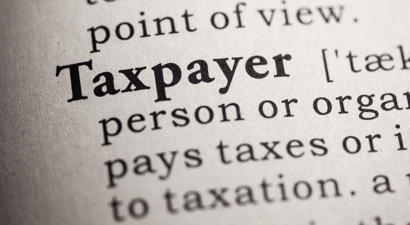Share Buy-Backs and Capital Gains
By the Shepstone & Wylie Tax team
On 18 December 2017, the Taxation Laws Amendment Act, No. 17 of 2017 was promulgated, whereby amendments were made to paragraph 43A of the Eighth Schedule to the Income Tax Act. Paragraph 43 effectively treats the dividends that arise from share buy-backs, that meet certain criteria, as proceeds for capital gains tax (“CGT”) purposes. Accordingly, Paragraph 43 provides that share buy-back transactions are to give rise to the same consequences as a sale of shares under certain circumstances.
Ordinarily, if a shareholder were to disinvest from a company by selling shares to a third party, such a sale agreement would generally trigger a capital gains tax liability in the hands of the seller. On the other hand, if one were to disinvest from a company by way of a share buy-back arrangement, then it would result in a dividend from that company that is repurchasing the shares.
The amendment made to Paragraph 43 of the Eighth Schedule effectively provides that buy-backs that meet certain criteria are to be treated as proceeds for CGT purposes. Accordingly, Paragraph 43A puts a disinvestor that elects to disinvest by way of a buy-back arrangement in the same position that the investor would have been in had he/she sold his/her shares instead.
The requirements for the applicability of this Special Anti-Avoidance Rule are as follows:
- The dividend that is declared in accordance with the buy-back is an exempt dividend; and
- One of the following apply:
o The disinvestor (together with any connected person in relation to that disinvestor) holds at least 50% of the equity shares or voting rights in the Target Company; or
o If no other person (together with any connected person in relation to that person) holds the majority voting rights in the Target Company, the disinvestor (together with any connected person in relation to that disinvestor) holds at least 20% of the equity shares or voting rights in the Target Company.
We illustrate the operation of Paragraph 43A as follows:

Taxpayers should carefully consider their method of disinvestment from a company. The choice of disinvestment must be guided by commercial considerations and associated tax efficiencies.





